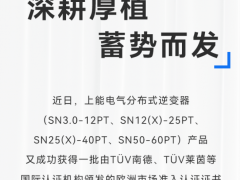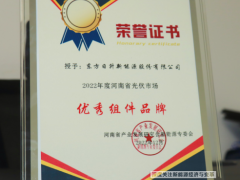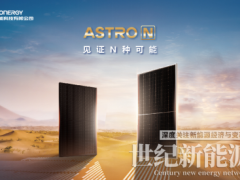The survey asked respondents whether they were involved in early stage research, product development activity, or full scale production of solar cell/PV devices. As would be expected, different test priorities emerged not only geographically, but among those testing devices at early stages compared to production testing.
In addition, the survey queried respondents about various device technologies they were testing. Overall, the survey showed more R&D activity in thin film materials over silicon-based devices, regardless of geography. And among those with devices currently in production, there was no discernable difference in test methodologies between those currently producing thin filmbased devices vs. silicon.
Finally, across all geographies, the survey showed the industry is focused on improving device efficiencies as the dominant development priority. “Reducing manufacturing cost” was the second most important among the respondents, as might be expected, although substantially less significant than the need to boost device and panel performance.
Current Activity Remains Focused on Research
The vast majority of respondents to the survey noted that they were presently involved in early stage R&D/development lab activity, although Asian respondents noted they were farther down the development path to full-scale production. Overall, 61% of overall respondents reported they were in the R&D lab stage, compared to 67% for North America and just 39% for Asia.Similarly, those in full-scale production represented 11% of the survey respondents, compared to 10% in North America and 16% in Asia. European responses were similar to those from North America.

Clear Priority Emerges for Top Four Solar Cell Test Methods
For those engaged in solar cell research and development, a large majority of respondents worldwide identified their “key parameters” for measurement as short-circuit current (ISC),open-circuit voltage (VOC), maximum output power (PMAX) and, to a lesser extent, conversion
efficiency. Respondents in North America and Europe showed consistent agreement on what constitutes their most important tests, with a well-defined gap between these top four and 10 other tests. Respondents from Asia, while agreeing with the same top four tests, showed much less preference for them as other tests were cited as key parameters nearly as often as the top four. (Refer to the “Solar Cell Testing Glossary” at the end of this white paper for details on the various test types/parameters.)

“The top three tests indicated by respondents are consistent with what customers tell us are important methodologies for them in the research phase,” noted Keithley Marketing Director Mark Cejer. “Those tests in particular are focused on improving efficiency of the device
and are used by most as the core of electrical test methods on solar cell devices. We were a bit surprised not to see more priority given to shunt resistance and series resistance tests,as we hear quite a bit about how important those measurements are to characterizing device
performance. Overall, other than a clear preference for the top three tests, there remains a significant amount of variation in the industry about what tests are most meaningful.”
The priority of test parameters characterized as solar ce
 微信客服
微信客服 微信公众号
微信公众号









0 条